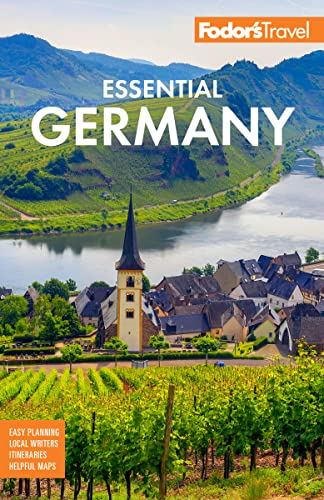German Coffee and Cake
When the afternoon rolls around, it’s time for Kaffee und Kuchen, one of Germany’s most beloved traditions. In villages and cities alike, patrons still stroll into their favorite Konditorei (pastry shop) for a leisurely cup of coffee and slice of cake.
The tradition stretches back hundreds of years, when coffee beans were first imported to Germany in the 17th century. Coffee quickly became the preferred hot drink of the aristocracy, who paired it with cake, their other favorite indulgence. In time, the afternoon practice trickled down to the bourgeoisie, and was heartily embraced. Now everyone can partake in the tradition.
There are hundreds of German cakes, many of which are regional and seasonal with an emphasis on fresh fruits in summer, and spiced cakes in winter. Due to modern work schedules, not as many Germans take a daily coffee and cake break anymore. Families will have theirs at home on the weekend, and it’s often an occasion for a starched tablecloth, the best china, and candles.
Visiting the Konditorei
Seek out the most old-fashioned shops, as these tend to have the best cakes. Check out what’s in the glass case, since most Konditorein don’t have printed menus. Don’t worry about a language barrier—when it comes time to order, just point to the cake of your choice.
Best Cakes to Try
Frankfurter Kranz
The Frankfurter Kranz, or Frankfurt wreath, is a butter cake flavored with lemon zest and a touch of rum. It's then split into three layers and spread with fillings of buttercream and red preserves. The cake’s exterior is generously coated with crunchy cookie crumbs or toasted nuts, and each slice is graced with a swirl of buttercream frosting and a bright red cherry.
Gugelhupf
Of all cakes, the Gugelhupf has the most distinctive shape, one that you’ll likely recognize as a bundt cake. It tends to be more popular in southern Germany. Gugelhupf had its start as a bready yeast cake, studded with raisins and citrus peel, but today you’re just as likely to have it as a marble cake. During the Biedermeier period, in the early 19th century, the wealthy middle class regarded the Gugelhupf as a status symbol.
Herrentorte
A layer cake of dark chocolate, Herrentorte means "gentleman’s cake." It’s not as sweet or creamy as most layer cakes, and thus meant to appeal to a man’s palate. A Torte refers to a fancier layered cake, as opposed to the more humble Kuchen, which is more rustic. The Herrentorte has a rich and refined taste—in Germany, all chocolate is required to have a high cocoa content, improving its overall taste and texture.
Mohnkuchen
Mohnkuchen is a poppy seed cake—in fact, this is a cake so completely brimming with poppy seeds you could mistake it for a piece of chocolate cake. You’ll come across it as a tall wedge, sprinkled with powdered sugar, or a fat square glazed with a lick of icing. The poppy seeds are mixed with sugar, butter, and sometimes milk. Lightly crushed they make for a very moist filling.
Streuselkuchen
This cake became especially popular in the 19th century, in Prussia. Owing to its versatility, you’ll find it today all over Germany. The simple, buttery yeast cake’s selling point is its sugary, crunchy topping of pebbled Streusel, which can stand on its own or be combined with rhubarb, apricots, cherries, apples, or other fruit. Streuselkuchen is baked on large sheet pans and cut into generous squares




